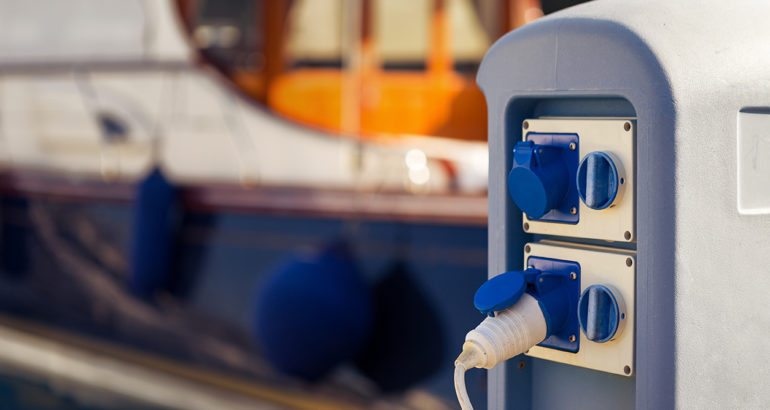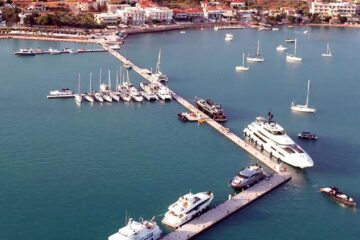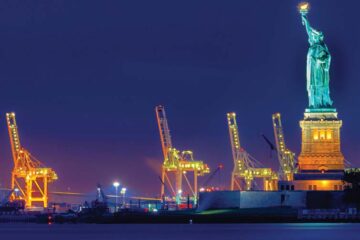In most Dock and/or Marina scenarios there is the addition of electrical, water, fueling, waste removal, cable, and even telephone lines to consider. For commercial piers, there may be additional service lines such as steam, welding gases, and other systems.
Also, pier structures can include launching areas (include ramps of all different construction types), bulkheads, attenuation components, and breakwaters. So as we begin to think about valuation, we must first identify all of the components and their makeup in order to determine a value.
Components of Age and Maintenance
Adding to valuation are the varying ages and the observed maintenance of these components. As we are all painfully aware, older and poorly maintained piers will significantly increase the cost of repairs as they will be less likely to withstand any type of loss. So how do age and maintenance impact valuation?
The components will each have a typical useful life, usually provided by the manufacturer. Maintenance has a direct relationship to the useful life; poor maintenance practice will generally take away from the useful life while good maintenance practices will generally add to it. Before we assume that maintenance has more impact on the value of a pier, remember that age will also come into play, as eventually any component will need to be replaced.
Good maintenance involves preventative steps such as routine inspections of all components both above and below the water and upkeep and ultimately replacement as they wear. Each of the components should have specific maintenance and replacement schedules that are best obtained from the manufacturer.
Inspections, as well as maintenance and repair efforts, should be documented by the marina facility in writing. These records should be maintained and available for review by the underwriter and loss control professional.
Varying Age & Component Types
While many marinas and commercial piers are made up of a single type of construction done at one given time, there are many others that are composed of different components of different ages. Typically, this type of newer/older change out process is found in more established operations. An example is the replacement of wood floating piers with concrete or composite components. Thus, there is always another variable to consider.
Looking at the structures individually should lead to a better valuation that is truly representative. If there are ten piers that are of different ages and components, they should be evaluated separately. The same applies to structures such as launching pits, ramps and fueling piers. Also, one should break out the costs of the various servicing utilities on the piers.
Many times, there is a single figure that is provided by the owner, covering all of the piers, attenuators, bulkheads, launching piers, etc. It is usually a value that the owner is comfortable with to insure. It has been our experience that these owners start with the cost of the piers, and then find a factor that satisfies their financial situation, given the cost of insurance. Some marinas use the cost along with the anticipated maintenance budget and perhaps planned replacement as the components of their calculations.
Thus, there may be a good possibility that the owner’s valuation is not close to any calculated value based on the variables discussed above. As every underwriter understands, the value usually ends up being an agreed sum that is palatable to all parties involved. In order to determine if that agreed value has a sound basis, the following approach may be taken.
Start with a schedule of the different piers, launching pits/wells, attenuators, fueling piers, ramps, and breakwaters. Since there are no trade-in value books, the calculations should start with the replacement cost, by component. Today, we can obtain the cost of the piers on a square foot basis from manufacturers and marine contractors. Any estimates must also include the costs of the service utilities, and other components that might be found on the piers.
The last component is labor cost. These are all different and one needs to understand the costs in their specific area. Putting this all together will give us a very good idea of what is would cost to replace the different components.
Applying age and maintenance practices will be a function of the survey observations. Some will use straight line depreciation; others will use what they might define as useful life; and others will simply compare the calculated value to the requested insurance amount. However, the method of refining the calculation is not the most important process. Starting from a replacement cost and then factoring in age and maintenance should allow us to best understand the values at risk.
The process takes some time to research but will ultimately lead to a more realistic value.









